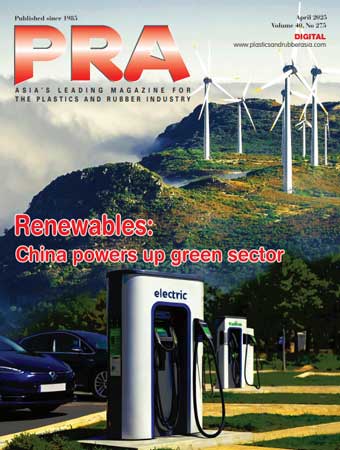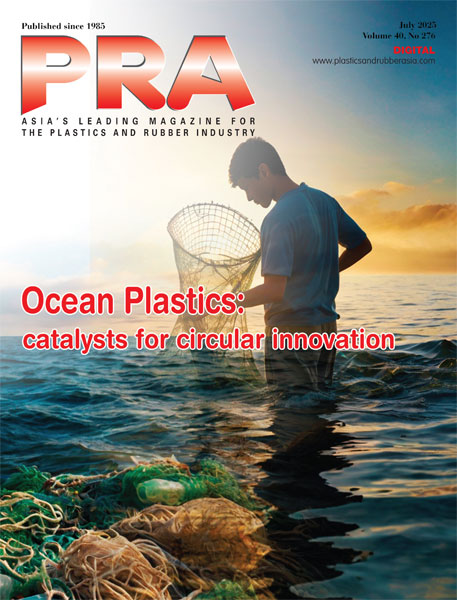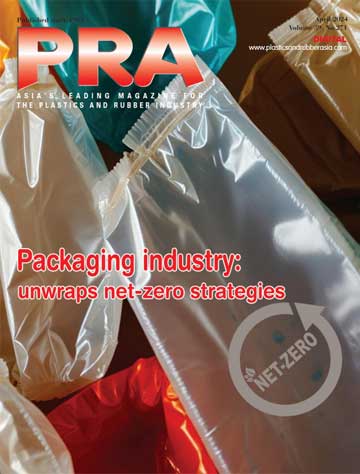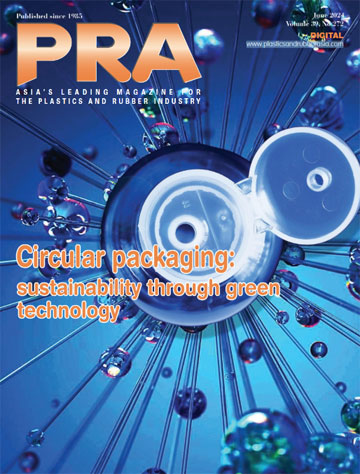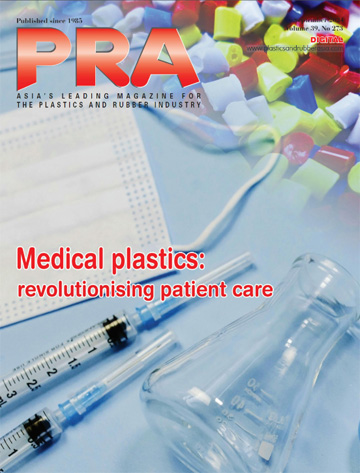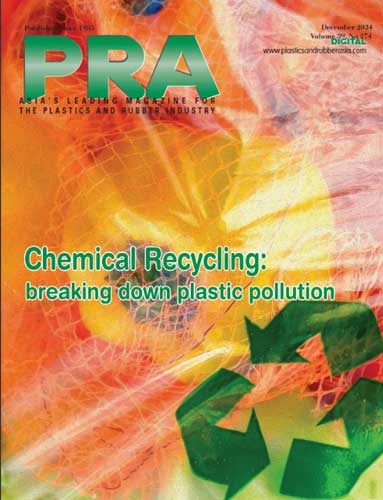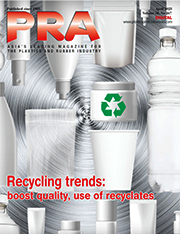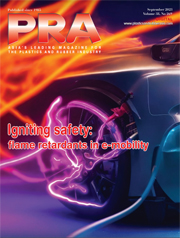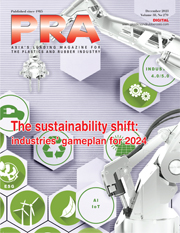Recycling Machinery at K2025
Erema to focus on compact machinery/Lindner jv
With compact footprint and high output being decisive key parameters in post consumer recycling, Austrian machinery maker Erema will show the 2021 model without a cascade at K2025.
Notwithstanding that it offers the largest Intarema system to date, with an output of over 4 tonnes/ hour, Intarema 2021 TVEplus has a diameter of 2 m for the preconditioning unit (PCU) and 212 mm for the extruder screw, which for the first time features a single end-to-end extrusion unit. With an output of up to 3.5 tonnes/hour and a footprint of 15.1 x 3 m, this recycling system is over 2 m shorter than the previous cascade design, in which two extruders were connected by a melt pipe. The new design also reduces the melt temperature, lowers energy consumption and minimises maintenance requirements, it adds.
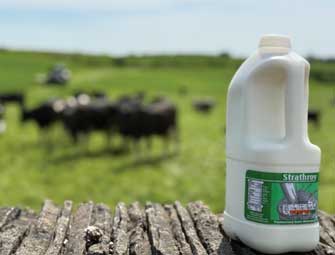
Meanwhile, Erema has established a joint venture with Lindner Washtech, which provides sorting, cold and hot washing for effective cleaning and decontamination with its extrusion and filtration technology. Because the processes are wellcoordinated, consistent recyclate quality is produced with optimised energy consumption, it claims.
One example is a project at Polymer Matters in Ireland that applied to the European Commission for food-grade approval. In this application, HDPE milk bottles from household recycling schemes are processed into rHDPE and used for the production of new milk bottles.
Meanwhile, since recyclates for food packaging must meet the requirements of the European and American food safety authorities. Erema says it has initiated numerous approval projects. "A key driver of these projects is the new EU Packaging and Packaging Waste Regulation (PPWR), which stipulates a recyclate content of 10% in sensitive packaging and 30% in all packaging from 2030 onwards," explains Clemens Kitzberger, Business Development Manager.
There are two decisive prerequisites needed for food-grade: an input stream consisting of at least 99% food packaging, and technology that is able to clean and decontaminate the input material.
NGR/Leistritz tie-up for new solution combining recycling/compounding
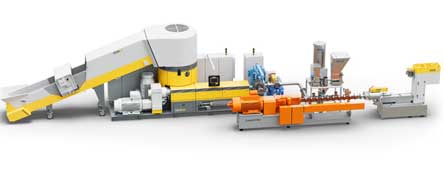
German twin-screw extruder firm Leistritz Extrusionstechnik and Austrian recycling machinery provider Next Generation Recyclingmaschinen (NGR) are tying up to combine their respective strengths in recycling and compounding, especially against the back of PPWR rules coming into effect in August 2026.
Together, they are developing a solution that enables recycling and compounding in a single step with only one melting process.
The cooperation focuses on optimisation of mechanical properties through the addition of additives, fillers (e.g. talc, calcium carbonate, glass fibres), and stabilisers; high-performance degassing for removal of volatile contaminants, for example for food-grade applications, and production of highquality regranulates from PO films.
Material preparation is carried out using NGR’s C:GRAN technology, consisting of a cutter-compactor and a single-screw extruder. The material is then further processed in a Leistritz twin-screw extruder.
A joint recycling/compounding system, designed for approximately 300–500 kg/hour, has been installed at the NGR test centre in Austria for customer trials, the firms add.
Starlinger: reprocessing film waste from the food, fibres, foamed plastics
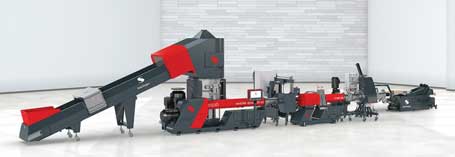
Elsewhere, Austrian machinery supplier Starlinger’s new recoSTAR dynamic art recycling system is able to process a wide range of used plastics and scores with its increased output. Upgrades include a larger SMARTfeeder, more powerful drive motors with a lower energy, as well as simplified and shortened machine maintenance. The system is targeted at heavily contaminated post-consumer plastic waste that has high moisture content due to storage or after washing.
Bottle-to-bottle recycling is Starlinger's second focus at the trade fair, having received a positive “opinion” from the EFSA (European Food Safety Authority) for the recoSTAR PET recycling process, which is based on the new EU Regulation 2022/1616.
The new regulation significantly simplifies the approval process, as Starlinger can license the process directly to PET recyclers once the official approval has been granted.
The machines are said to consume 25% less energy and have a 15% higher output compared to the previous model. With the newly added extruder size of 265 mm these cover a range from 1,000 to 4,500 kg/ hour.
CMG to launch largest granulator in industry
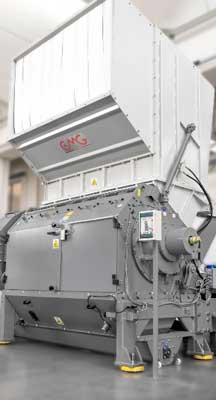
CMG Granulators will introduce its EV Evolution Series for post-consumer plastics. It will debut the EV 92-220 model, said to be “the largest and most powerful granulator ever introduced in the industry”.
Designed for heavy-duty applications and massive volume streams, the EV 92-220 features a revolutionary cutting chamber architecture and advanced control integration, for enhanced reliability under extreme operational loads. It boasts an output capacity that is said to “exceed any existing machine in the marketplace”, though the company did not state the amount.
Features include energy utilisation by up to 50% compared to conventional granulators, achieved through cutting geometries, rotor design, and intelligent drive systems. Furthermore, features like the simplified/quick access to key mechanical components, self-lubrication systems and predictive diagnostic capabilities, minimise downtime.
It will also present the EV916 and EV616 models, solutions suitable for wet or dry granulation, with capacity from 2,000 to 5,000 kg/hour.
(PRA)SUBSCRIBE to Get the Latest Updates from PRA Click Here»

